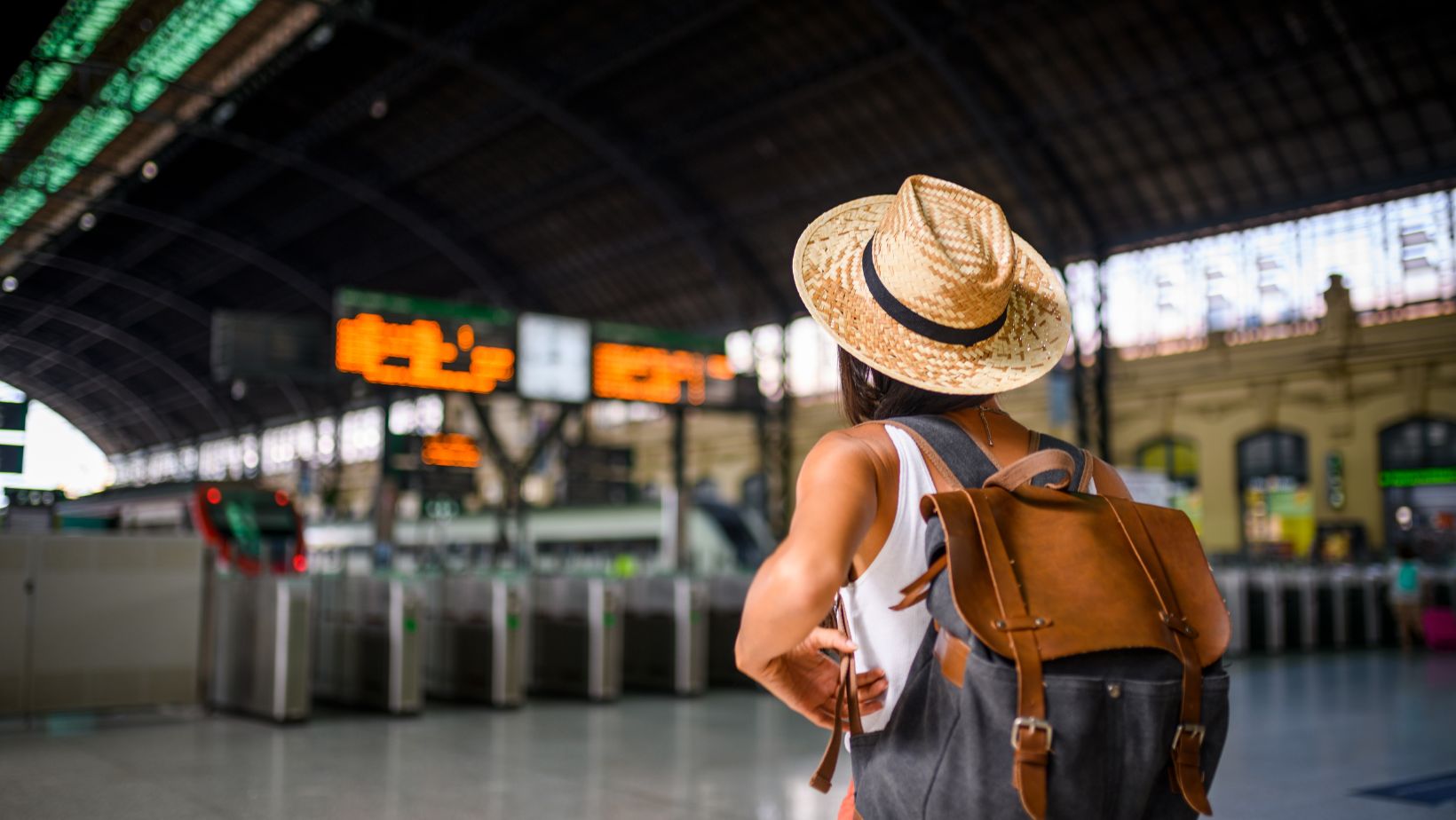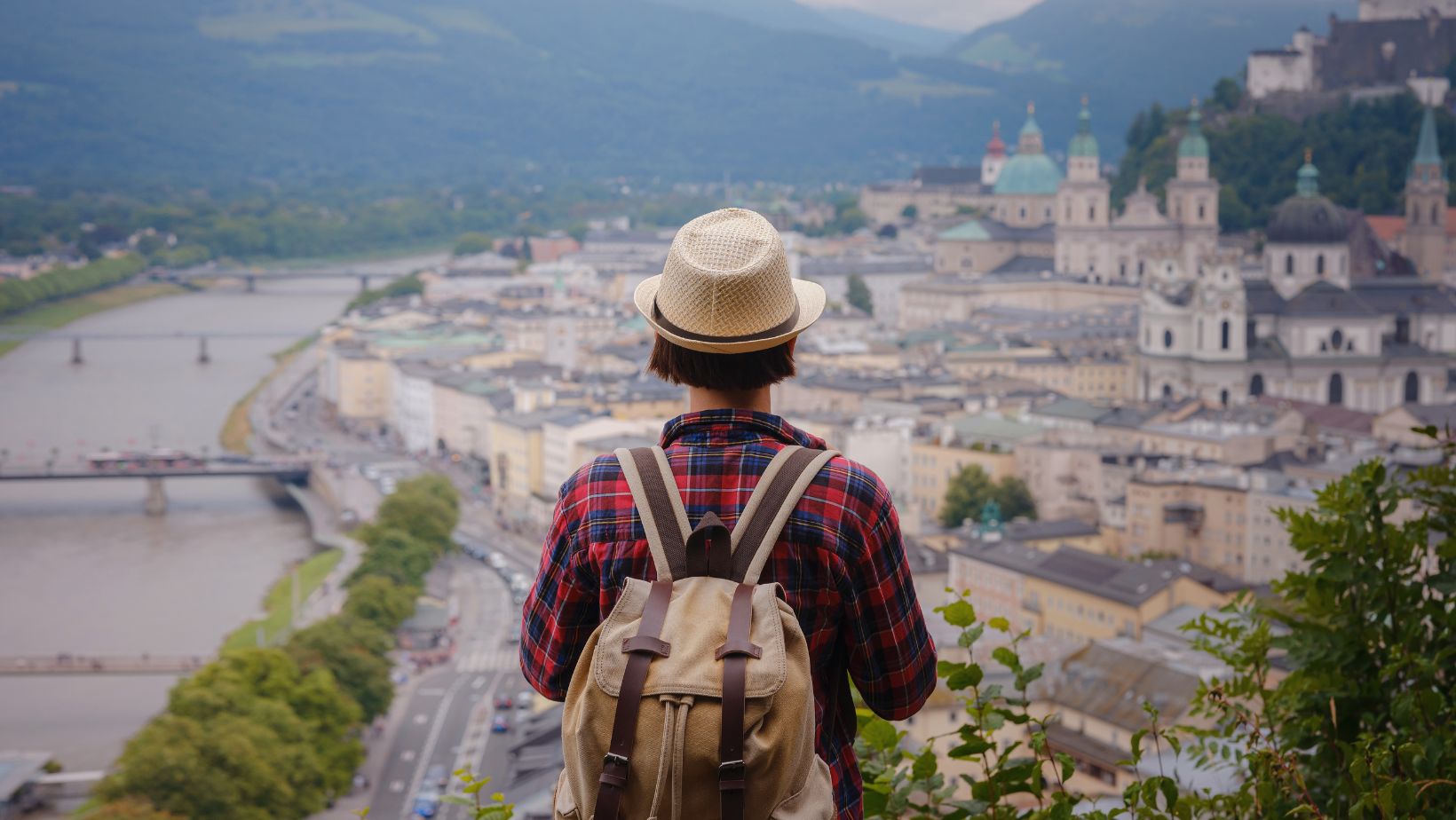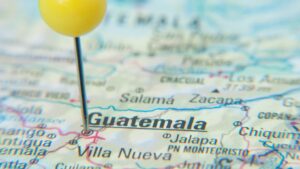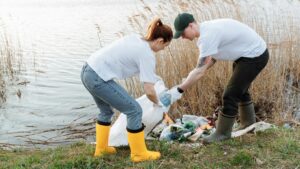As a seasoned solo traveler who’s explored over 30 countries alone I’ve learned that packing the right essentials can make or break your adventure travel. Solo travel isn’t just about throwing some clothes in a backpack and hoping for the best – it’s about being prepared while staying nimble.
I’ll never forget being stuck in a remote town in Thailand without my portable charger or the time I lost my backup cash in Barcelona. These experiences taught me valuable lessons about what’s truly essential for solo adventures. Through countless trips and occasional mishaps I’ve perfected my solo travel packing list that strikes the perfect balance between preparedness and mobility. Let me share my tried-and-tested essentials that’ll help you travel confidently and safely on your own.
Key Takeaways
- Solo travel requires careful preparation, including digital and physical copies of important documents, safety gear, and a comprehensive emergency contact system
- Essential safety items include a doorstop alarm, RFID-blocking wallet, money belt, and portable door lock, along with maintaining regular check-ins with trusted contacts
- Pack smart and light with versatile clothing options, focusing on quick-dry materials and items that can create multiple outfits through layering
- Carry multiple payment methods including 2 credit cards, 2 debit cards, and emergency cash distributed across different secure locations
- Stay connected and safe using navigation apps (Maps.me, Google Maps), translation tools, and social networking platforms designed for travelers
- Technology essentials should include a high-capacity power bank (20000mAh), universal adapter, and backup charging solutions for reliable connectivity
Solo Travel Essentials
Solo travel demands meticulous preparation as I’m solely responsible for my safety, navigation, and problem-solving. My extensive experience has shown that thoughtful planning creates a foundation for confident exploration.
Safety Considerations for Solo Adventurers
I prioritize three essential safety protocols during solo travel. I share my itinerary details with trusted contacts through apps like Find My Friends or WhatsApp location sharing. I keep digital copies of important documents in secure cloud storage plus physical copies in separate bags. I carry a doorstop alarm that alerts me to unauthorized entry attempts in accommodations.
Key safety items I pack include:
- Multi-purpose safety whistle with compass integration
- TSA-approved portable door lock for hostels
- RFID-blocking wallet for card protection
- Hidden money belt with passport compartment
- Emergency contact card in local language
Building Confidence as a Solo Traveler
I’ve developed specific strategies to boost confidence during solo adventures. I research local customs through reliable sources like government travel websites before arrival. I learn 5-10 basic phrases in the local language using apps like Duolingo. I practice using maps offline through pre-downloaded Google Maps sections.
- Book accommodation for the first 3 nights in advance
- Schedule guided local tours for day one orientation
- Connect with solo traveler groups through platforms like Meetup
- Master public transportation routes before arrival
- Create a daily check-in routine with family using predetermined times
| Safety Statistics for Solo Travelers | |
|---|---|
| Average emergency fund recommended | $500 |
| Minimum travel insurance coverage | $100,000 |
| Daily check-in frequency | 2-3 times |
| Local emergency numbers saved | 3-5 |
| Backup payment methods | 2-3 types |
Must-Have Safety Gear and Documentation
 My years of solo travel experience have taught me that comprehensive safety preparation forms the foundation of worry-free adventures. I’ve developed a systematic approach to organizing essential safety gear and documentation based on real-world challenges in 30+ countries.
My years of solo travel experience have taught me that comprehensive safety preparation forms the foundation of worry-free adventures. I’ve developed a systematic approach to organizing essential safety gear and documentation based on real-world challenges in 30+ countries.
Emergency Contact Information
I keep my emergency contacts accessible in three formats: digital copies in cloud storage, physical copies in my travel wallet and a laminated card with local translations. My emergency contact card includes:
- Blood type and medical conditions
- Insurance policy numbers and provider hotlines
- Embassy contact details in destination countries
- Two family member phone numbers with international codes
- Local emergency numbers (police, ambulance, fire)
- Valid passport with 6+ months validity
- Travel insurance policy with $100,000+ coverage
- Driver’s license and International Driving Permit
- Vaccination records and medical prescriptions
- Visa documentation and entry permits
- Bank statements and credit card copies
| Document Type | Physical Copies | Digital Copies | Backup Location |
|---|---|---|---|
| Passport | 2 color copies | PDF scan | Cloud storage |
| Insurance | Original + 1 copy | Digital policy | Email inbox |
| ID Cards | 1 color copy | Photo scan | Phone storage |
| Prescriptions | 2 copies | PDF scan | Both locations |
Essential Technology for Solo Travelers
Technology forms the backbone of safe solo travel in today’s digital age, with specific devices enabling seamless navigation communication in unfamiliar territories. Based on my experiences across 30+ countries, I’ve identified the most crucial tech essentials for solo adventures.
Navigation and Communication Tools
My primary navigation setup includes a smartphone with offline Google Maps plus a dedicated GPS device for backup navigation. I rely on these essential apps:
- Maps.me for detailed offline navigation
- Google Translate with downloaded language packs
- WhatsApp for staying connected with emergency contacts
- Local ride-hailing apps (Grab in Asia Uber in Americas)
- XE Currency for real-time exchange rates
- Mobile hotspot app for secure internet connections
- 20000mAh power bank for 4-5 full phone charges
- Universal adapter with surge protection for 150+ countries
- Multi-port USB charger to power multiple devices
- Backup charging cables stored in separate locations
- Portable surge protector for electronics safety
- USB-C PD charger for fast-charging capability
| Essential Tech Stats | Specifications |
|---|---|
| Minimum Power Bank Capacity | 20000mAh |
| USB Ports Required | 3+ |
| Adapter Compatibility | 150+ countries |
| Offline Maps Storage | 2GB minimum |
| Backup Battery Life | 72 hours |
Smart Packing Tips for Going Solo
My extensive solo travels across 30+ countries have taught me that efficient packing maximizes mobility while ensuring I have everything needed for a safe journey. Here’s my tested approach to smart packing based on years of solo adventures.
Lightweight and Versatile Clothing
I pack versatile pieces that create multiple outfits through strategic layering. My core clothing list includes:
- 3 quick-dry t-shirts in neutral colors (black, white, navy)
- 2 pairs of convertible pants/shorts with zip-off legs
- 1 packable rain jacket with sealed seams
- 1 lightweight merino wool sweater for temperature regulation
- 4 sets of moisture-wicking underwear
- 2 pairs of quick-dry socks
- 1 pair of comfortable walking shoes
- 1 pair of foldable sandals
Personal Care and First Aid Items
I maintain a compact yet comprehensive personal care kit that addresses common travel health needs. My essential items include:
- Travel-size toiletries:
- 3 oz solid shampoo bar
- 2 oz biodegradable soap
- 1.5 oz reef-safe sunscreen
- 2 oz hand sanitizer
- First aid supplies:
- 20 adhesive bandages
- 10 packets of antibiotic ointment
- 5 days of personal medications
- 1 pack of electrolyte powder
- 2 compression bandages
- 1 digital thermometer
| Item Category | Weight Limit | Space Allocation |
|---|---|---|
| Clothing | 5-7 lbs | 50% of bag |
| Toiletries | 1-2 lbs | 15% of bag |
| First Aid | 0.5-1 lb | 10% of bag |
Money Management on Solo Adventures
After visiting 30+ countries, I’ve developed effective strategies for managing money safely while traveling alone. Here’s my tested approach to keeping funds secure and accessible during solo trips.
Digital Payment Solutions
I rely on three digital payment methods for seamless transactions abroad. My primary credit card offers zero foreign transaction fees and travel rewards, while my secondary card serves as backup. I use mobile payment apps like Google Pay and Apple Pay for contactless transactions in 45+ countries. For added security, I enable real-time transaction alerts and store my banks’ international contact numbers offline.
Key digital payment tools:
- 2 credit cards from different networks (Visa, Mastercard)
- 2 debit cards linked to separate accounts
- Mobile payment apps with offline capabilities
- Banking apps with currency conversion features
- Digital wallet with emergency fund access
Emergency Cash Strategies
I distribute cash reserves across multiple secure locations to minimize theft risk. My primary stash stays in a hidden money belt, while I keep $100 emergency cash in a separate secure pocket. I maintain local currency equivalent to 3 days’ expenses, split between my daypack and hotel safe.
- $300 USD in crisp bills for currency exchange
- Daily spending money in an accessible wallet
- Emergency funds in waterproof container
- Local currency divided between 3 locations
- Photographic record of serial numbers for large bills
| Cash Distribution | Amount | Location |
|---|---|---|
| Daily Expenses | $50-100 | Front pocket wallet |
| Emergency Fund | $300 | Hidden money belt |
| Backup Cash | $100 | Secret compartment |
| Hotel Safe | 50% of total | Secured storage |
Social Connection Tools and Resources
My extensive solo travel experiences taught me the value of maintaining connections while exploring independently. These digital tools enhance safety create meaningful interactions with fellow travelers local communities.
Apps for Meeting Fellow Travelers
I rely on these specialized travel networking apps to connect with other solo adventurers:
- Hostelworld – Lets me book social hostels read verified reviews from solo travelers
- Meetup – Helps me find local events groups based on shared interests in each destination
- Couchsurfing – Connects me with local hosts verified travelers for meetups cultural exchanges
- Backpackr – Links me to nearby travelers enables group activities planning
- TravBuddy – Matches my travel dates locations with compatible travelers
- Google Translate (offline mode) – Stores 59 languages downloadable for offline use
- iTranslate – Provides real-time voice translation for 100+ languages
- Microsoft Translator – Offers image translation group conversation features
- Duolingo – Helps me learn essential phrases in 30+ languages before arrival
- TripLingo – Includes cultural notes slang phrases for authentic communication
| Translation Tool Features | Number of Languages | Offline Capability |
|---|---|---|
| Google Translate | 59 | Yes |
| iTranslate | 100+ | Limited |
| Microsoft Translator | 70+ | Yes |
| Duolingo | 30+ | Yes |
| TripLingo | 42 | Yes |
Why Solo Travel Requires Special Planning
Solo travel has transformed my life and I’m confident these essential items and strategies will help you embark on your own adventures with peace of mind. From tech gadgets and safety gear to smart packing solutions and digital tools I’ve tested and refined these recommendations across countless miles and destinations.
Remember that solo travel isn’t just about having the right gear – it’s about being prepared confident and open to new experiences. By incorporating these essentials into your travel planning you’ll be well-equipped to handle whatever comes your way.
I encourage you to start small customize this list to your needs and gradually build your confidence as a solo traveler. The world is waiting to be explored and you’re now ready to discover it on your own terms.


